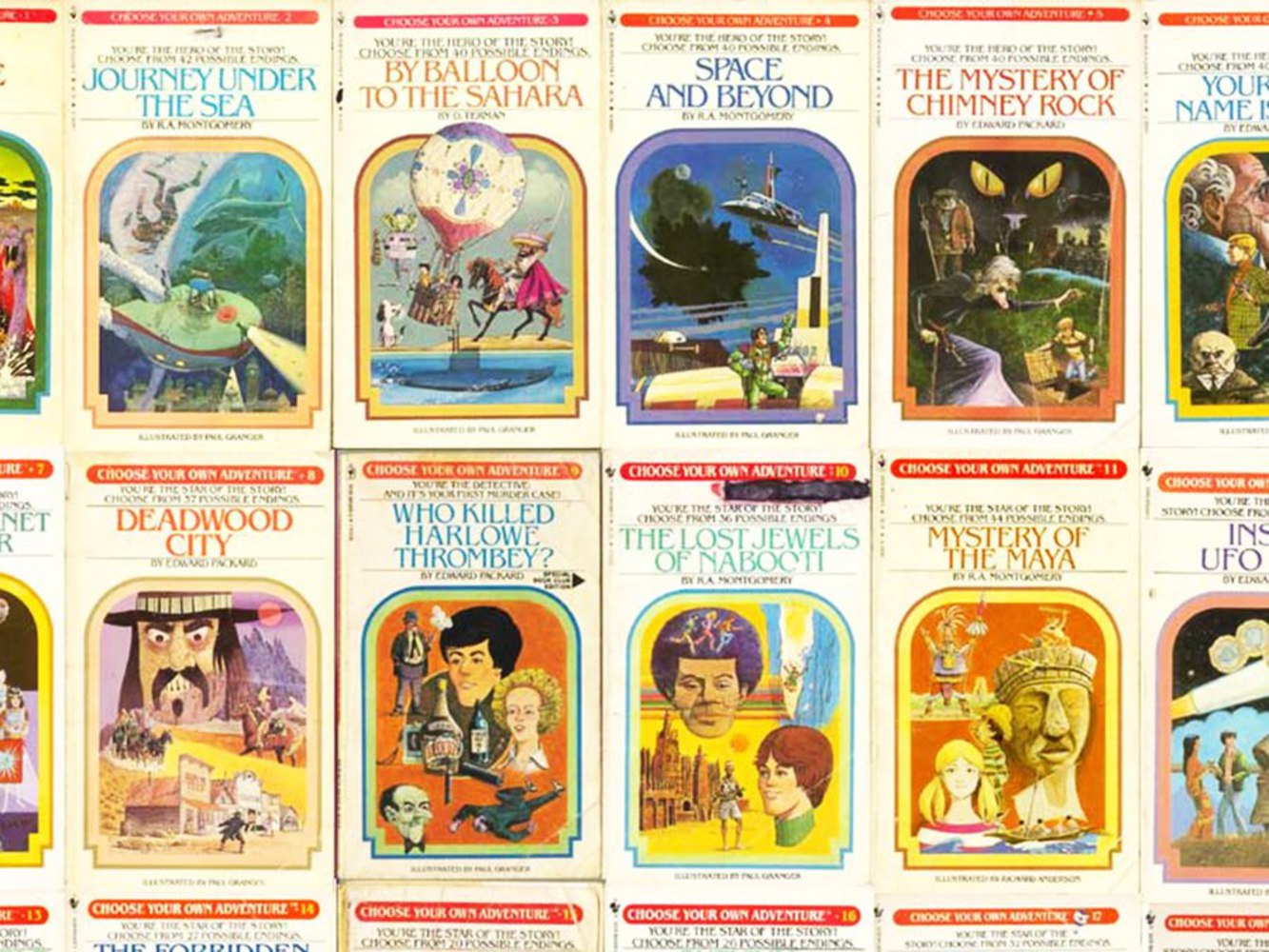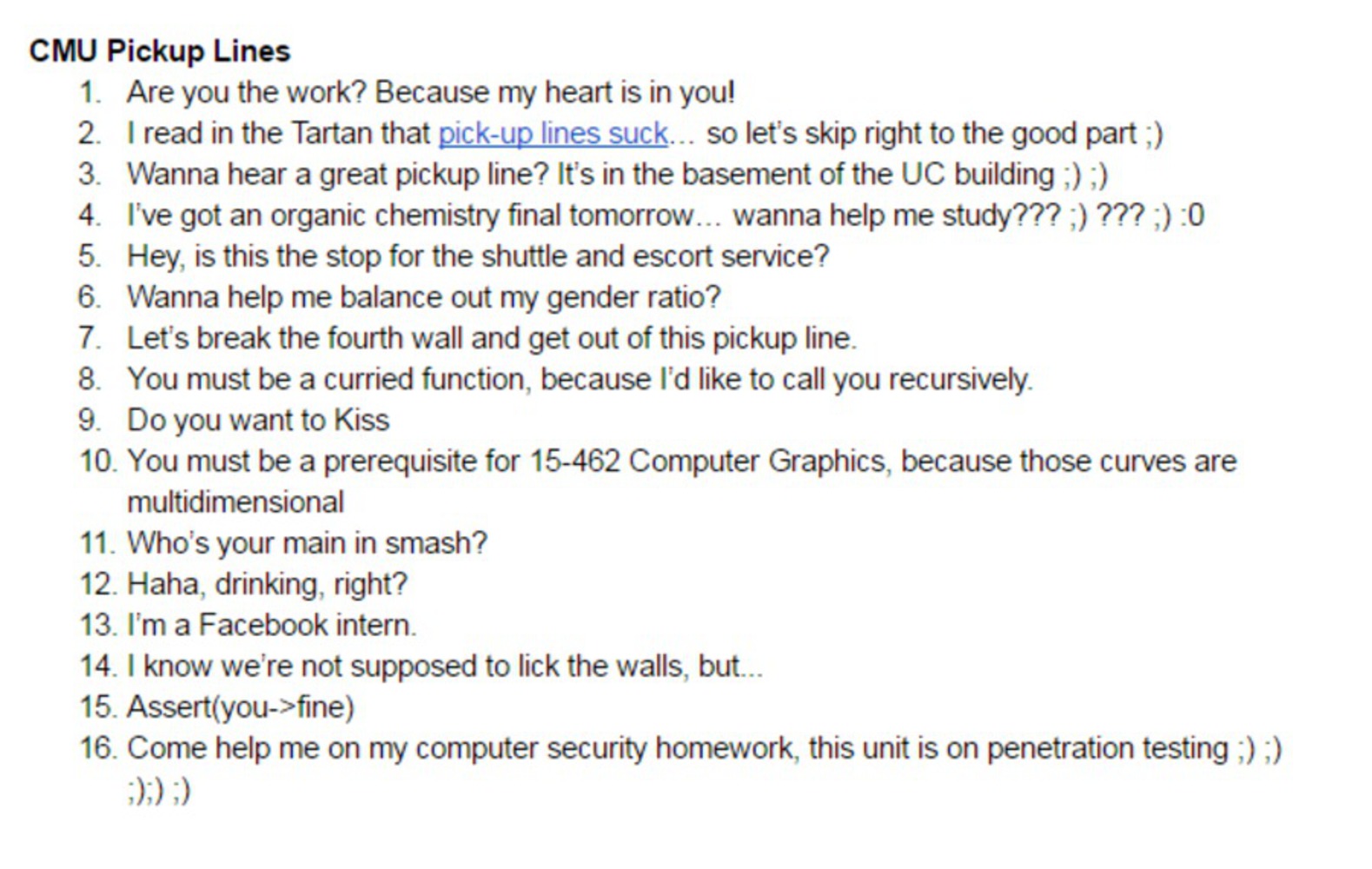Statement
In traditional theater, the performance is one-way: the performers act and the audience listens. We wanted to experiment with two-way communication: what if the audience could play a part in how the story was told? "Life of a CMU Student" follows a protagonist in his journey to a party, where he attempts to find romance with a genderless character named Terry. The audience's input is a major part of the performance, as they are able to affect the protagonist's actions throughout the play. At several points, this control is subverted: do your decisions really matter when you're nauseous and about to vomit? The overall story does not change, which could be viewed as a commentary that we are powerless to affect much with our actions. The story and themes are relevant to CMU students who may find themselves in situations similar to the ones described. We drew from our personal experiences to write the script- at the end, the narrator reveals that the events really happened to him, and it is up to the audience whether to believe him or not.

